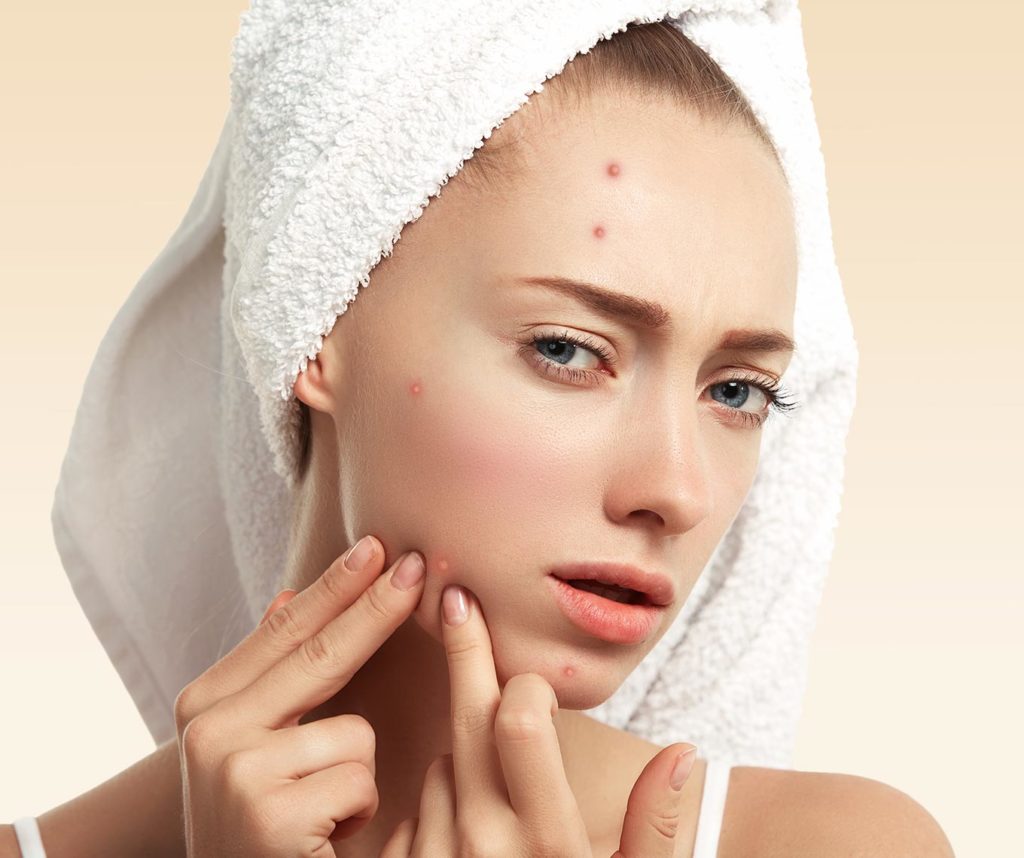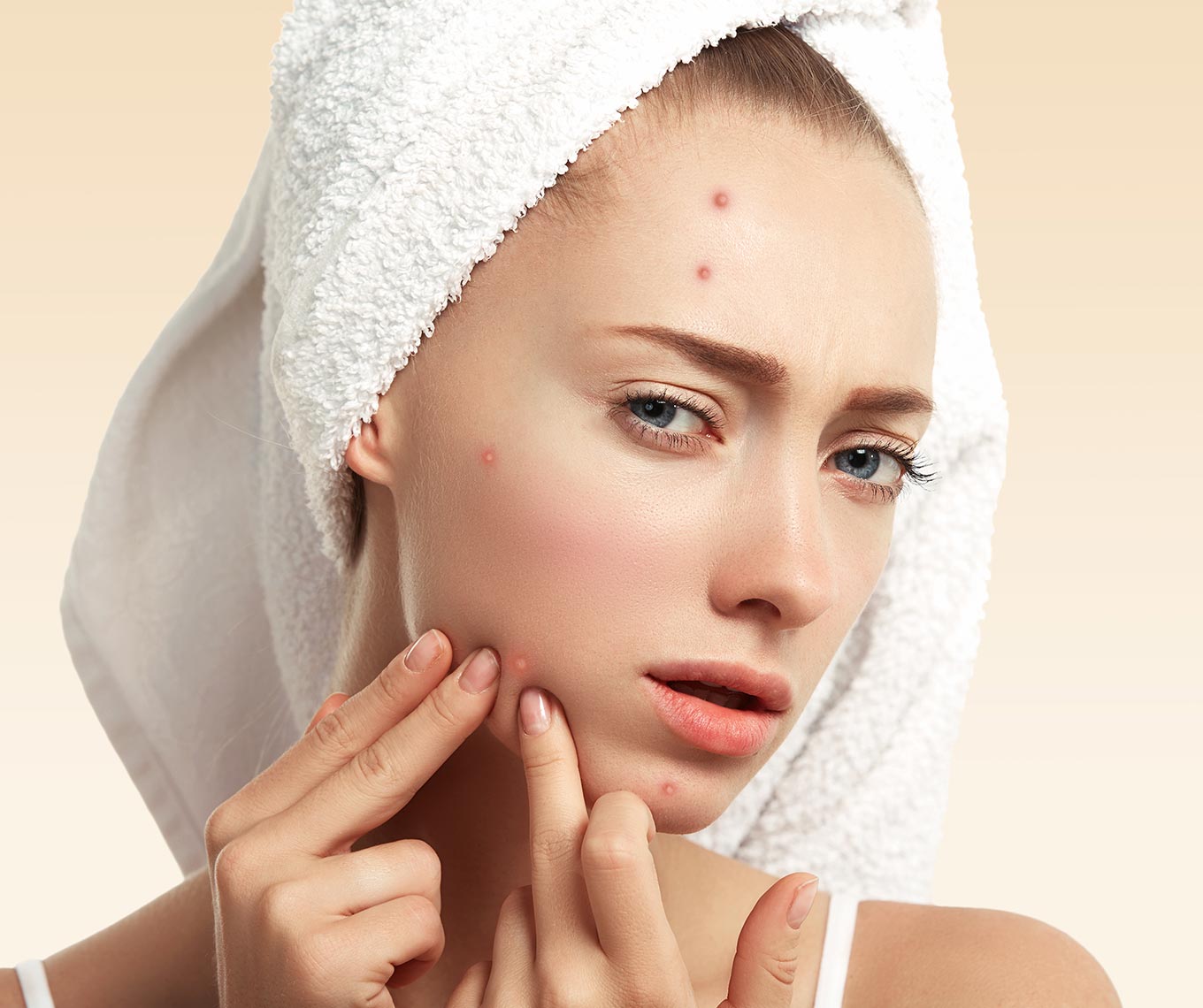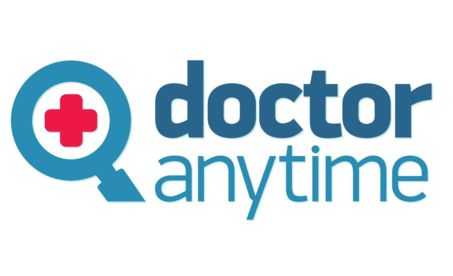Acne can be a persistent skin condition that occurs when hair follicles become clogged with oil or dead skin cells. It mostly causes teenagers pimples, whiteheads, or blackheads, though it can affect everyone.
There are many self-care remedies that can avoid acne, however, in some cases this condition can be really strong, making it hard to remove. When this happens, it is recommended to consult a dermatologist, this way he/she will be able to help the skin and remove the acne.

Treatments to remove acne
There are many things that can increase acne apparition, such as hormonal changes, medications, food, stress, etc. Acne is a common condition, few people can escape from it, however, there are many types of treatments that can help to remove acne or scar caused by it. Some of these treatments may include:
Chemical Peeling
With this treatment, it is possible to control certain types of acne. This treatment consists of the use of strong chemicals to remove the outer layer of skin, this way the appearance of scars can reduce.
Chemical peeling can improve the overall look and feel of the skin. It can reveal a smoother and brighter complexion. It is important to know the type of skin for the use of chemicals.
Botox or steroid injections
An injection of botulinum toxin in the skin around acne scars that pucker can help to improve their appearance. Botox injections can be effective for this area due it relaxes it.
In contradistinction to steroid injections that are most often used on acne that causes painful lumps beneath the surface of the skin. This way, the injection reduces the pain and the skin can clear up within days, however, it is important to make this procedure with a specialist due to this can cause side effects.
Microneedling
A useful cosmetic technique for treating acne scars. Microneedling consists of pinching the skin with a device with tiny sterilized needles. As the punched skin heals, it reduces the visibility of acne scars and makes collagen by smoothing out.
Light therapy
Acne bacteria can be killed by pulsed light and heat energy. There are different types of light such as red light, blue light, or a combination of both. It is recommended to consult a dermatologist to make a study and determine the best methods for treating acne with light.
There are some side effects that can cause light treatment such as redness, crusting, sensitivity, and pain.
Conclusion
Acne can be caused by age, hormonal changes, family history, diet, friction, or pressure on the skin, however, it is possible to treat it even if it has different phases.
Before trying any of the treatments mentioned before, it is important to consult a dermatologist to know what treatment is better for the skin type, this is due the treatments sometimes can cause side effects and some of them may need medication before.
References:


